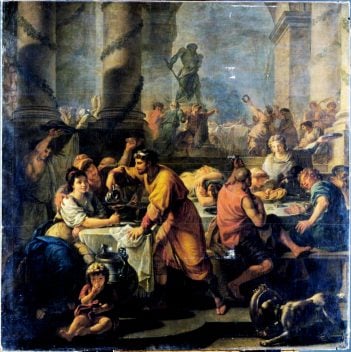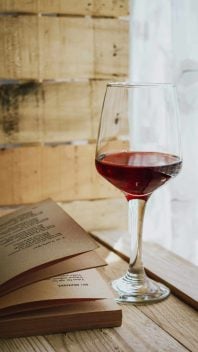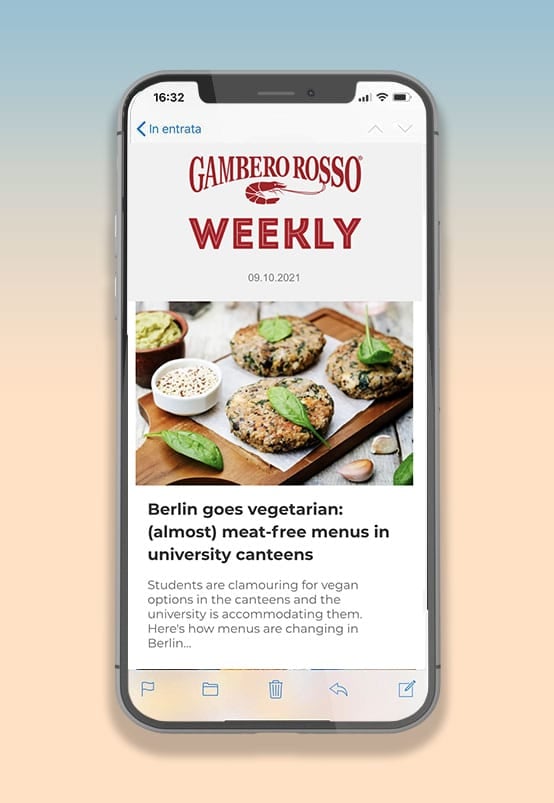During the Second World War, the lack of food was one of the most widespread and shared experiences. Food restrictions began well before the official entry into the war: first, days on which meat could be served in restaurants were limited, then food rationing cards were introduced, followed by the rationing of essential goods and the near total absence of products such as olive oil, white flour, and butter. With the German occupation, the situation worsened even further: raids on farming families emptied stables, larders, and gardens, and each day became a race to piece together a meal.
In this scenario, women played a decisive role. Despite fascist policies that had confined them to the hearth for years, deemed them unfit for teaching, excluded them from public competitions and marginalised them in the workforce, it was women who ensured the daily survival of families and partisan groups. They knew how to make bread last longer, how to reuse peels, how to add flavour to the humblest ingredients. But above all, they managed to turn the organisation of the kitchen – and the distribution of food – into a political activity.
The book Partigiani a tavola by Elisabetta Salvini and Lorena Carrara tells precisely this material and everyday dimension of women’s Resistance. Through the couriers but also through the women improvising soups in farmhouses, hiding clandestine press within market paper wraps, mothers protesting for bread, and girls learning to cook with whatever was available. A form of resistance that did not always bear arms, but which performed decisive acts every single day.
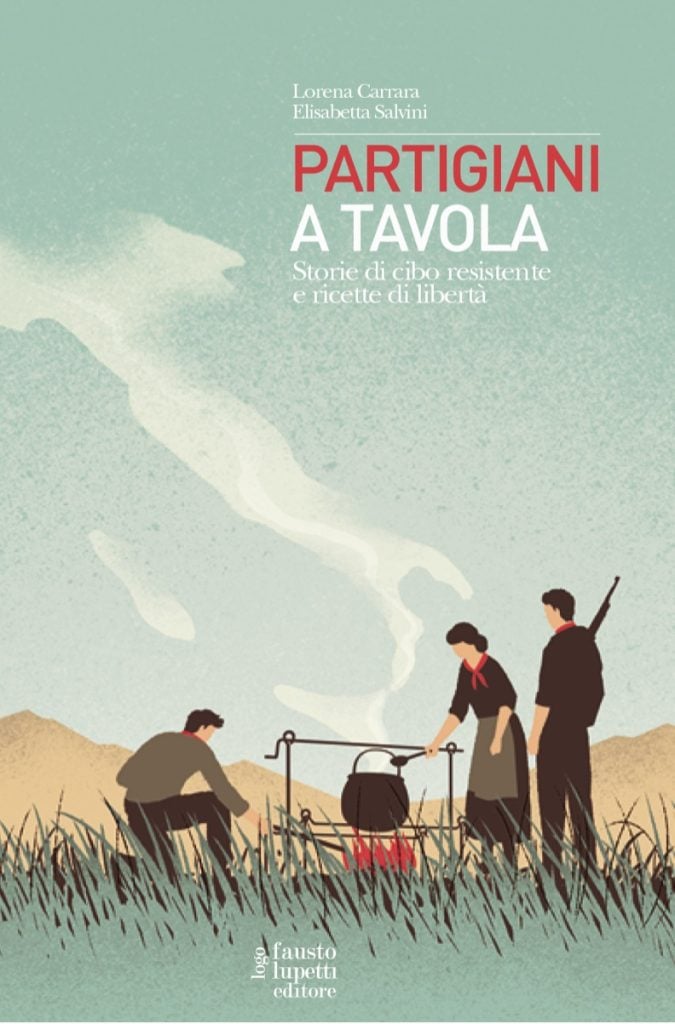
Partigiani a Tavola. Storie di cibo resistente e ricette di libertà
(Partisans at the table: tales of resistant food and recipes of freedom)
Couriers: “gentle, sweet and a little bit scared”
The book recounts that a courier “had to be insignificant, appear naïve and dim in order to pass without arousing suspicion. She had to be brave and bold, but ‘appear femininely modest’, that is, ‘always appear gentle, sweet and a little bit scared.’” And she had to be resourceful: “for the revolvers, my favourite trick was to submerge them in a packet of butter. If they checked, they would have found that the butter’s specific weight had increased.”
Luciana Chiari, who joined a SAP formation in Parma, recalls: “Our group was made up of around ten comrades who operated clandestinely, mainly through acts of sabotage and the distribution of posters […]. For the first time, I felt I had made an important choice, to belong to a movement with its own strategic line, to free the country from Nazi-fascism.”
“The dream fades. The stomach’s ache remains”
Hunger is not rhetoric. It’s daily reality. In the diary of Bruna Talluri we read:
“War dinner. You sit at the table (a vulgar topic that once again shows how spirit alone is not enough to live) and daydream, your stomach rumbling, imagining a parade of freshly baked bread accompanied by fragrant sides of little salamis and steaks, chickens well browned on the spit, and crunchy chips… the dream fades. The stomach’s ache remains. You pinch off a crumb from your bread ration, resisting the urge to eat it all in a single bite. That’s the first act. The first instinctive gesture. Then the cabbage-leaf focaccia arrives grandly at the table, and real hunger makes a dish seem excellent that, under normal circumstances, you would have politely refused.”
With the entry into the war, meat disappeared from markets three days a week. Bread was rationed. Olive oil was a memory, replaced by walnut or hazelnut oil. The Lorena cake, noted in a diary from the time, was made with cornmeal: “It chokes you a bit, but if you're hungry and thirteen, you'll find it delicious.” Chestnuts seemed to become the only possible meal for a partisan: dried chestnuts, boiled, chestnut flour, castagnaccio, and even chestnut broth to warm up.
The cooks of the Resistance
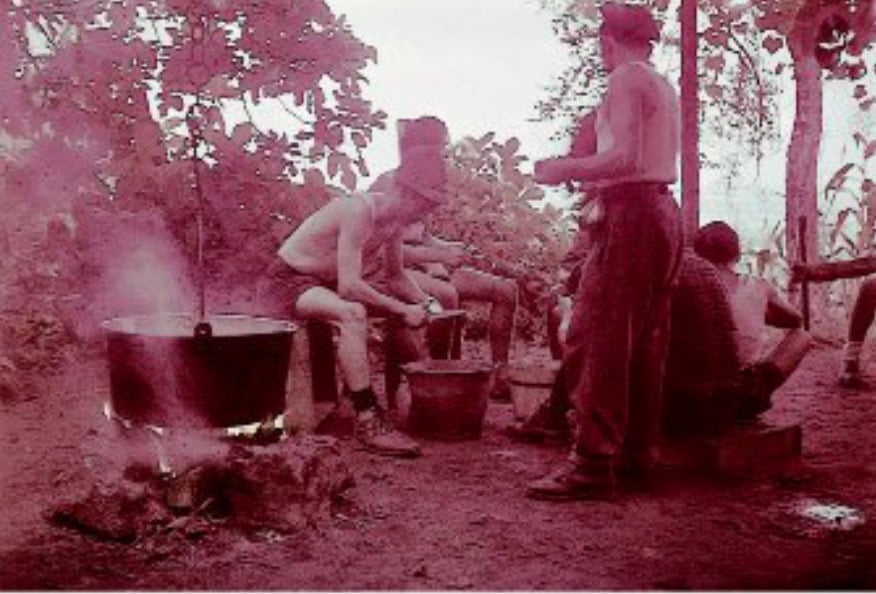
Pettinengo, San Francesco, September 1944. Partisans of the Andrea Taverna detachment. Photo: www.www.storia900bivc.it”
The kitchen during the war wasn’t just the place where food was prepared. It was also where decisions were made, alliances built, survival ensured. The women who cooked for the partisans weren’t simply housewives adapting to circumstances. As Salvini and Carrara emphasise, they were capable of confronting scarcity with ingenuity and precision, using every resource available: canal water filtered with a skimmer, flour kept raised off the ground to protect it from pests, salamis and sausages aligned like a small emergency pantry.
But it wasn’t just about technique. It was a form of justice. It meant creating a protected space, of care and humanity, within the brutality of war. A seemingly simple act, like serving a hot meal, became a way of asserting that a community – however precarious – still existed. The character of Agnese in the novel Agnese goes to die embodies exactly this. She cooks in the background, tidies the table, gathers the dishes. But in the act of distributing food “equitably and judiciously,” there is a form of silent command, a tangible ethics that structures collective life. Around that gesture, identity is defined: who we are, what we share, how we resist.
The soup
And it is precisely in this intersection of necessity and care, of scarcity and political gesture, that one of the symbolic dishes of the Resistance is found: the courier’s soup. It had to nourish those setting off at dawn on bicycles, those returning from the woods with muddy shoes, those who had just finished sewing a message into a jacket lining.
Lidia Menapace, partisan and courier, recounts:
“I barely had time to eat a bowl of soup in the presbytery of Don Giuseppe in Castellanza, a thick soup of rice, potatoes and turnips, with little salt and no seasoning, but hot and offered with rustic warmth by the housekeeper, a wooden-faced woman.”
In the book, this simple and hearty soup is codified as the courier’s soup.
3 medium turnips
4 medium potatoes
200 g rice
1 onion
oil, salt and water as needed
The vegetables are cut into chunks, covered with water in a large pot, and left to simmer. Halfway through cooking, the rice is added.
“With the shopping basket on the handlebar of my faithful bicycle, the prayer book inside and a bundle of Il Ribelle casually wrapped up, I leave while it’s still night, and of course the streets are not lit; I drop a copy of the paper at certain doorways or gates I know, then rush to queue at the shop still closed and finally, with the extra packet of meat and the newspapers gone, I go to church […]. When I come back, it feels like I’ve already lived enough.”
The account from partisan Lidia Menapace conveys the extraordinary “natural and almost obvious blend” between acts of Resistance and daily duties: going out alone before dawn, disguising a clandestine newspaper as a food parcel, securing a piece of meat at the butcher’s, queuing, praying. Clandestine words blend with liturgical ones.
It’s also why many women of the Resistance never defined themselves as heroines. They didn’t see themselves that way. They were mothers, daughters, sisters doing their duty. Even with a bowl of soup.
The passages and images are taken from the book Partigiani a tavola by Elisabetta Salvini and Lorena Carrara
Let me know if you'd like this in a printable or styled format too!


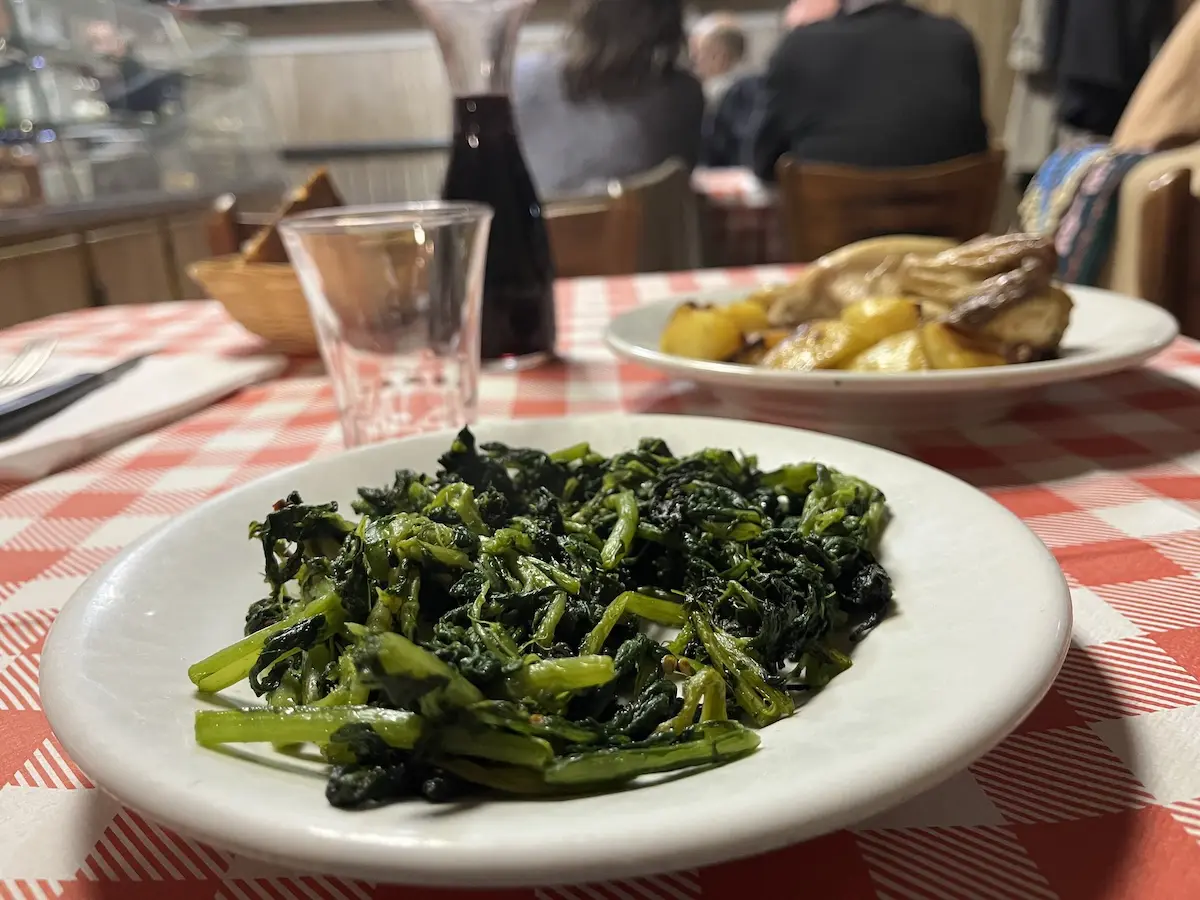 Why not every trattoria should be written about
Why not every trattoria should be written about Brigitte Bardot’s final rosé: the wine that marks the end of an icon
Brigitte Bardot’s final rosé: the wine that marks the end of an icon What you need to know about Italy's new decree on dealcoholised wine
What you need to know about Italy's new decree on dealcoholised wine Why Arillo in Terrabianca's organic approach is paying off
Why Arillo in Terrabianca's organic approach is paying off

